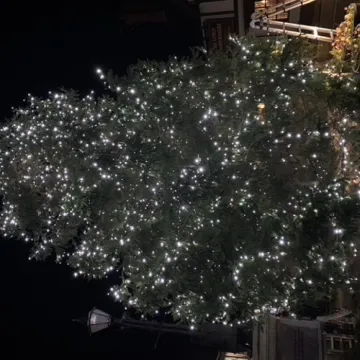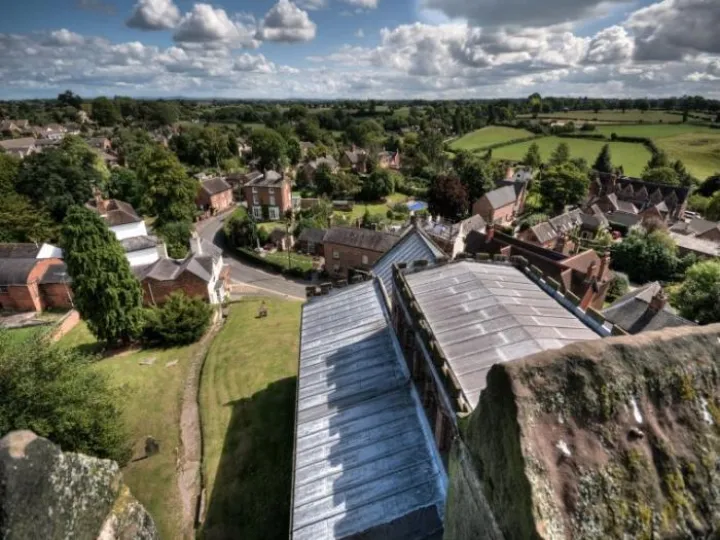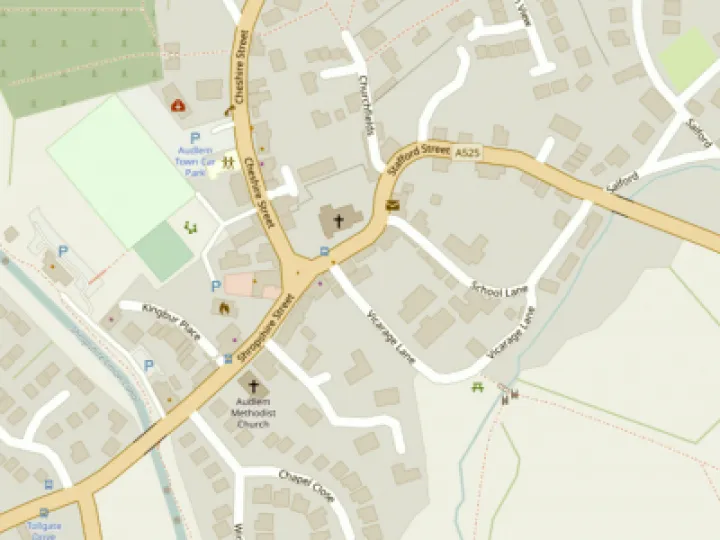Weekend feature article: Letters from the Desert








Letters from the Desert
America has some spectacular National Parks – Yosemite and Yellowstone are but two examples, but one of the more unusual, but less known, is the Joshua Tree National Park.
The Park spans the borders of the high deserts – the Mojave and Colorado – some 3000 to 5000 feet above the Coachella Valley in which Palm Springs (150 ft above feet above sea level) is situated.
Some 250 million years ago, the thick North American Tectonic plate began riding over the thinner Pacific plate to form the famous San Andreas fault along which so many earthquakes occur even today.
This activity created the massive and unusually shaped monzogranite boulders, which together with the famous Joshua Tree are unique to this National Park.
In many places in the Park, the boulders appear as if some gigantic child piled them up. Some boulders are shaped like animals, appear to have carved faces or other fanciful forms.
The Park preserves a unique and undisturbed population of Joshua Trees ( Yucca breviflora ) which is an integral part of the Mojave desert ecosystem.Outstanding examples of Mojave and Colorado Desert landscapes converge at Joshua Tree National Park to create a rich system of plant and animal life characterised by iconic Joshua tree woodlands, native palm oases, Pinyon pine, yuccas and vast expanses of creosote scrub that are uniquely adapted to desert life.
The desert plants which have deep roots and are dormant throughout the heat and drought of summer, and the cold of autumn and winter, suddenly burst into flower in the spring with spectacular colour.
The Park is home to roadrunners, desert iguanas, cactus wrens, American kestrel, loggerhead shrike, Southwestern speckled rattlesnakes amongst many other species and three tarantula species, including the Joshua Tree tarantula ( Aphonopelma joshua ). It is a smaller version of the tarantula species and only lives in and around Joshua Tree National Park. They spend most of their time underground in burrows emerging at night to hunt insects and small animals.
Tarantulas live a long time ! females may live for 25-30 years, but males often don't make it past age 10 or 12. Male tarantulas can travel up to 50miles in search of a female !
Tarantulas can bite, but it is usually no worse than a bee sting for a human, but a frightened tarantula may rear up on its hind legs and flick barbed hairs from its belly at its attacker. The hairs can cause skin irritation.
Finally the tarantula hawk is a parasitic wasp that paralyses tarantulas with a sting. The female wasp lays an egg on it. When the wasp larva emerges, it burrows into the tarantula and consumes the abdominal organs and fluids. In other words: it eats the tarantula alive !
This article is from our news archive. As a result pictures or videos originally associated with it may have been removed and some of the content may no longer be accurate or relevant.
Get In Touch
AudlemOnline is powered by our active community.
Please send us your news and views using the button below:
Email: editor@audlem.org





